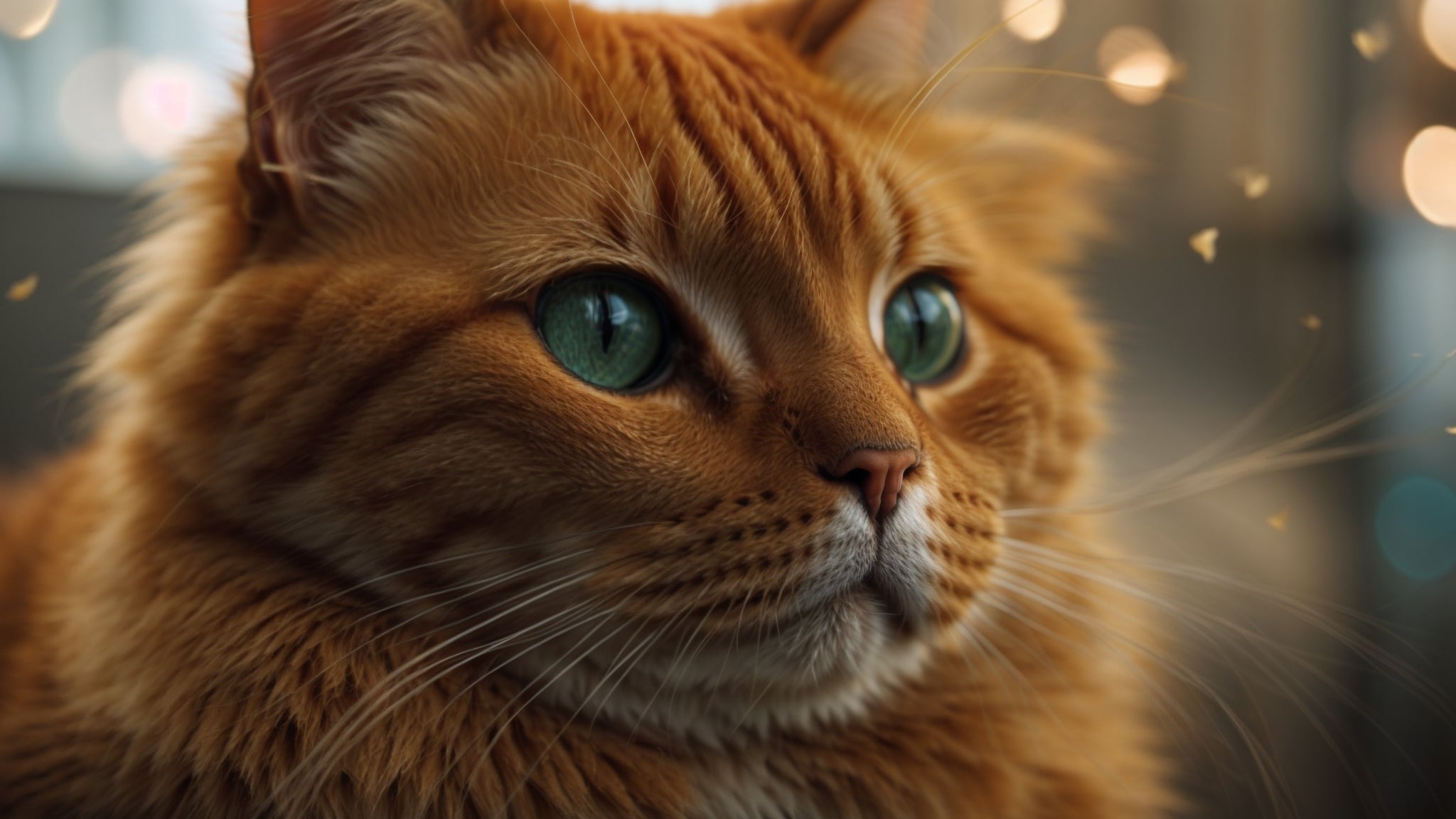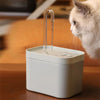Can Cat Hair Cause Health Problems? A Comprehensive Guide

Can Cat Hair Cause Health Problems? A Comprehensive Guide
Cat hair. For many cat owners, it's a familiar sight—tufts clinging to furniture, clothing, and even floating in the air. But beyond the inconvenience of constant cleaning, a more serious question arises: can cat hair actually cause health problems? The answer, as with many things, is nuanced. While cat hair itself isn't inherently harmful, it can contribute to or exacerbate certain health issues, especially for those with pre-existing allergies or sensitivities.
Allergies: The Most Common Concern
The most widely recognized health concern associated with cat hair is allergies. However, it's crucial to understand that it's not the hair itself causing the allergic reaction. The culprit is Fel d 1, a protein found in cat saliva, urine, and skin cells. This protein then attaches to the cat's hair and dander (dead skin flakes), making it airborne and easily inhaled.
When someone allergic to Fel d 1 inhales these allergens, their immune system overreacts, triggering symptoms such as:
- Sneezing
- Runny nose
- Itchy eyes
- Coughing
- Wheezing
- In severe cases, anaphylaxis (a life-threatening allergic reaction)
The severity of allergic reactions varies widely depending on individual sensitivity and exposure levels. Regular exposure to cat dander can worsen symptoms over time.
Beyond Allergies: Other Potential Issues
While allergies are the primary health concern, cat hair can contribute to other problems:
- Asthma Exacerbation: For individuals with asthma, inhaling cat dander can trigger or worsen asthma attacks.
- Skin Irritation: Some people experience skin irritation, such as itching or rashes, from direct contact with cat hair. This isn't a true allergy but rather a form of contact dermatitis.
- Eye Irritation: Cat hair can irritate the eyes, particularly for those with sensitive eyes.
- Ingestion: While less common, ingesting significant amounts of cat hair can cause gastrointestinal upset in both humans and pets.
Reducing Risks Associated with Cat Hair
If you live with a cat and want to minimize the risk of health problems, here are some strategies:
- Regular Grooming: Brushing your cat regularly removes loose hair and dander, reducing airborne allergens.
- Air Purifiers: Using HEPA air purifiers can filter out cat allergens from the air.
- Washing Bedding and Clothing: Regularly washing bedding, clothing, and other fabrics exposed to cats can help remove allergens.
- Allergen-Proofing Your Home: Encasing mattresses and pillows in allergen-proof covers can help reduce allergen levels in the bedroom.
- Maintaining a Clean Home: Regular cleaning, including vacuuming and dusting, can remove allergens from surfaces.
- Consider Hypoallergenic Breeds (with caution): Some cat breeds produce less Fel d 1, but no breed is completely hypoallergenic. Even with these breeds, allergen exposure is still possible.
When to Seek Medical Attention
If you experience severe allergic reactions, such as difficulty breathing or swelling of the face or throat, seek immediate medical attention. If you suspect that cat hair or dander is contributing to your health issues, consult with an allergist or healthcare professional for diagnosis and treatment options.
Conclusion
While cat hair itself isn't directly harmful, it serves as a vector for allergens that can cause significant health problems for some individuals. By understanding the risks and implementing preventative measures, cat owners can minimize these risks and enjoy a happy, healthy life with their feline companions. Remember, prevention and proper hygiene are key to a harmonious coexistence.
Cat Healthcare – Every Pet Palace
SEO Keywords
cat hair, allergies, cat dander, Fel d 1, asthma, skin irritation, eye irritation, hypoallergenic cats, cat allergy symptoms, reducing cat allergens, cat hair health problems, cat allergy treatment.




